You open the fridge, spot a wilted bag of spinach you forgot about, and sigh. We’ve all been there. Between the best intentions and busy schedules, food waste sneaks into our kitchens more often than we’d like to admit.
But here’s the thing—those small habits that seem harmless? They can add up to a mountain of tossed-out groceries and money down the drain.
Fortunately, the flip side is just as true: little changes can make a big impact. Whether you’re looking to save cash, live more sustainably, or just feel less guilt when trash day rolls around, this list is your game plan.
We’re breaking down the most common cooking habits that waste food—and pairing each with a smarter, waste-minimizing practice.
1. Overbuying Fresh Ingredients
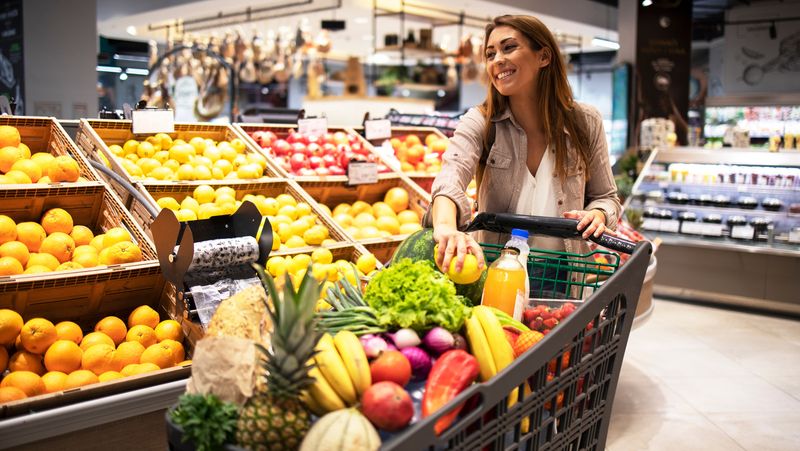
It starts with good intentions—you walk into the grocery store thinking, “This week, I’m cooking every meal at home.” Suddenly, your cart looks like you’re feeding a small village.
But once real life kicks in, those fresh herbs, fruits, and veggies get pushed to the back of the fridge, where they wilt and rot in silence.
Impulse buys, lack of planning, and not checking what you already have all play into this trap. You end up with three bags of spinach and no actual plan to eat spinach.
If it’s happened to you more than once (or every week), you’re definitely not alone. Unfortunately, even the most beautiful produce won’t wait forever.
2. Neglecting Leftovers
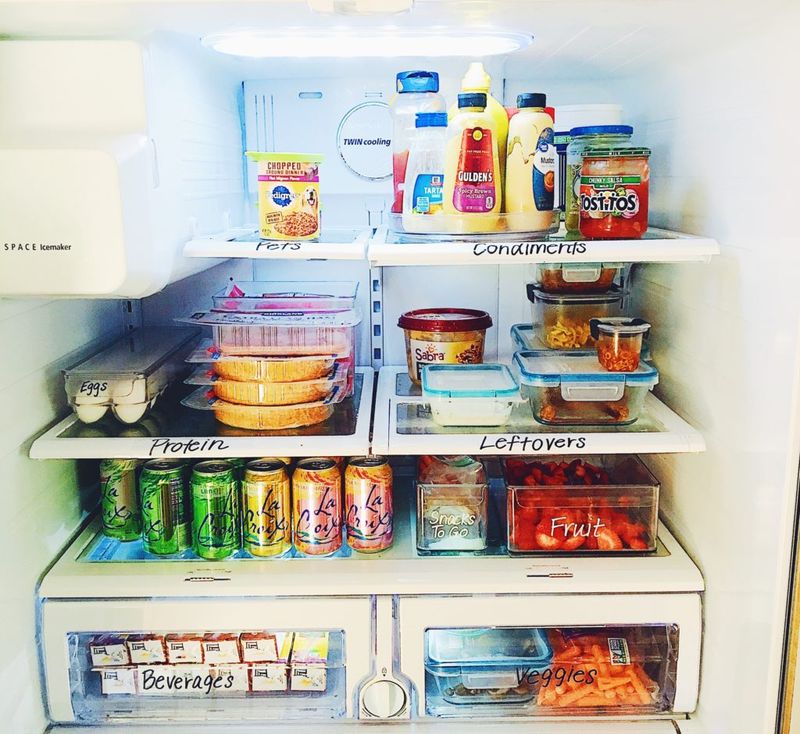
Cooking a big meal feels satisfying—until you realize you’ve made enough for a football team.
The leftovers get packed into containers with the promise of “I’ll eat that tomorrow,” but we all know how that story ends.
Soon, they’re buried behind newer meals, slowly transforming into a science experiment. And when you do rediscover them, the smell reminds you why leftovers need attention.
The saddest part? They could’ve been delicious again with a little creativity. Wasting leftovers isn’t just tossing food—it’s tossing time, energy, and money too.
3. Peeling Everything
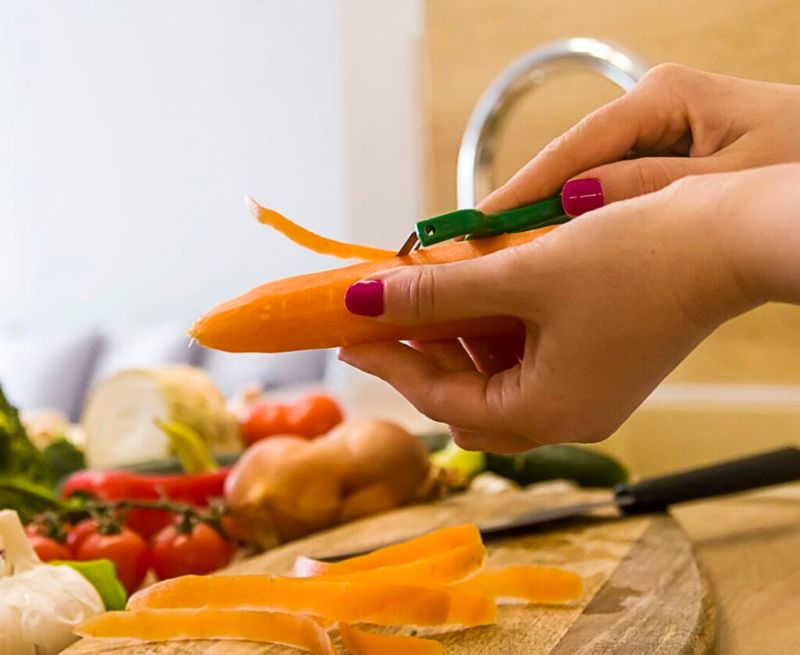
Out of habit, many of us go straight for the peeler when dealing with potatoes, carrots, apples—you name it.
But here’s a surprise: a lot of those peels are edible, tasty, and packed with nutrients. Peeling can strip away fiber, flavor, and valuable vitamins.
Plus, if you’re in a rush, it’s a whole extra step that isn’t always necessary.
Think about sweet potatoes or cucumbers—those skins crisp up beautifully when roasted or add texture to salads. Once you start skipping the peeler (at least some of the time), you’ll wonder why you ever bothered.
4. Improper Storage
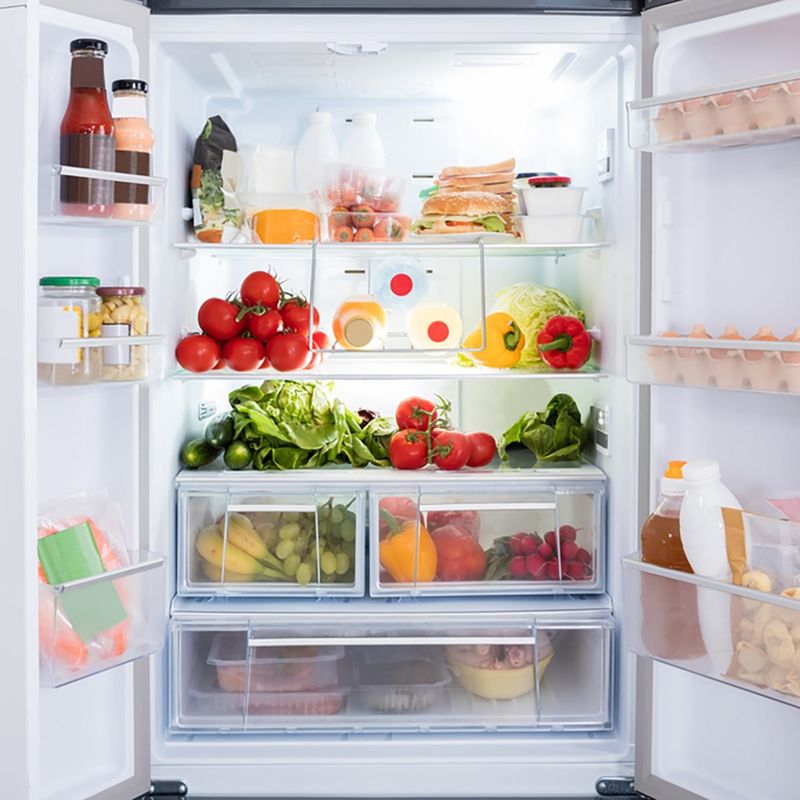
A lot of food waste happens before you even get a chance to use the ingredients. Why? Because they weren’t stored properly in the first place.
Whether it’s tossing onions next to potatoes (which speeds up spoilage), leaving bread exposed to air, or cramming your greens into a humid fridge drawer, storage mistakes are easy to make.
And unfortunately, they often mean a premature trip to the trash can.
Storing food is part art, part science—and a little know-how can seriously stretch your groceries’ lifespan. Think of your fridge and pantry as strategic zones, not random dumping grounds.
5. Misreading “Best By” Dates
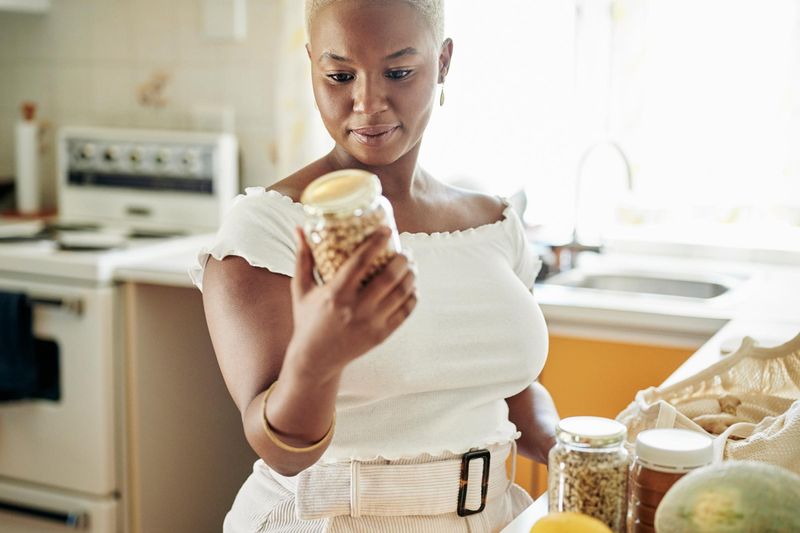
Tossing food just because the label says “best by” a certain date? You’re not alone—but you’re also not always right.
Those little stamps aren’t expiration dates—they’re more like gentle suggestions. “Sell by,” “use by,” and “best by” are all different terms meant to help retailers, not necessarily to guide your taste buds.
In many cases, the food is perfectly fine for days—or even weeks—after the date.
A sniff test and a glance go a long way. Don’t let vague labeling talk you into wasting good food.
6. Chopping Excessively
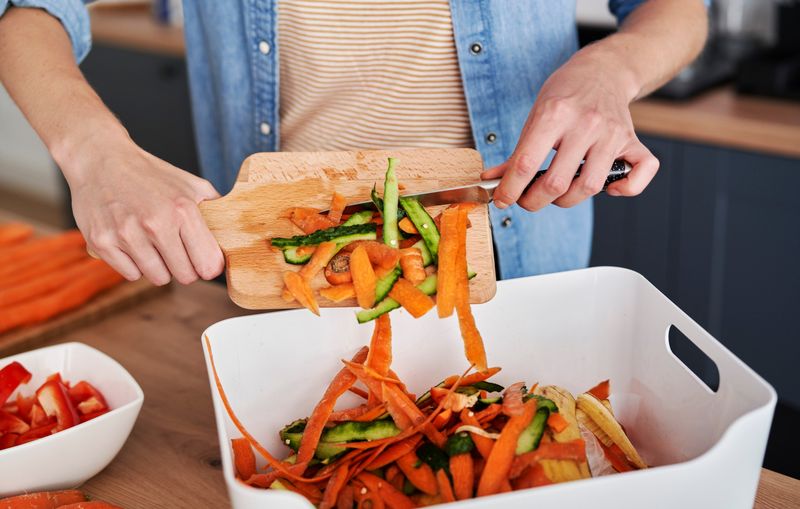
You grab a head of broccoli and lop off the thick stalk without a second thought. Or maybe you toss the green tops of carrots because you’ve never used them before.
We’re so used to trimming produce down to the “main” part that we forget how much of it is edible—and delicious.
Those neglected bits? They’re often just as versatile. Stems, stalks, greens—they can become slaws, pestos, stir-fries, and more.
The kitchen waste bin shouldn’t be full of things that could’ve made your meal even better.
7. Cooking in Huge Batches Without a Plan
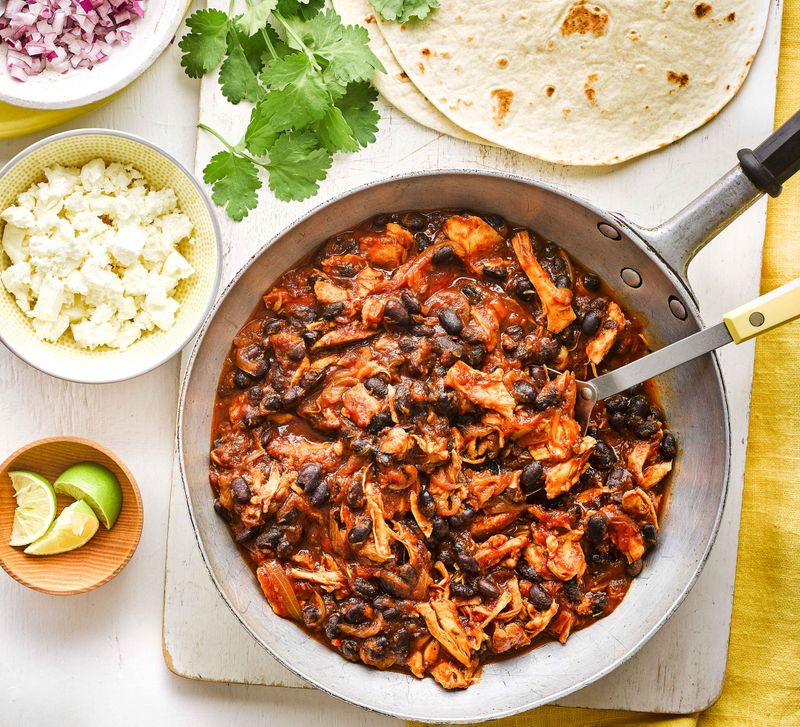
You feel ambitious and decide to meal prep for the entire week.
Great idea… until by Thursday, you’re bored of the same lentil stew and can’t bring yourself to eat it again.
Without a plan to freeze, repurpose, or rotate, large batches often outlive their welcome. And then they quietly expire in the fridge while you order takeout.
Batch cooking can save time and energy—but only if you’re strategic. Otherwise, it becomes a fast track to food fatigue (and waste).
8. Not Understanding Portions
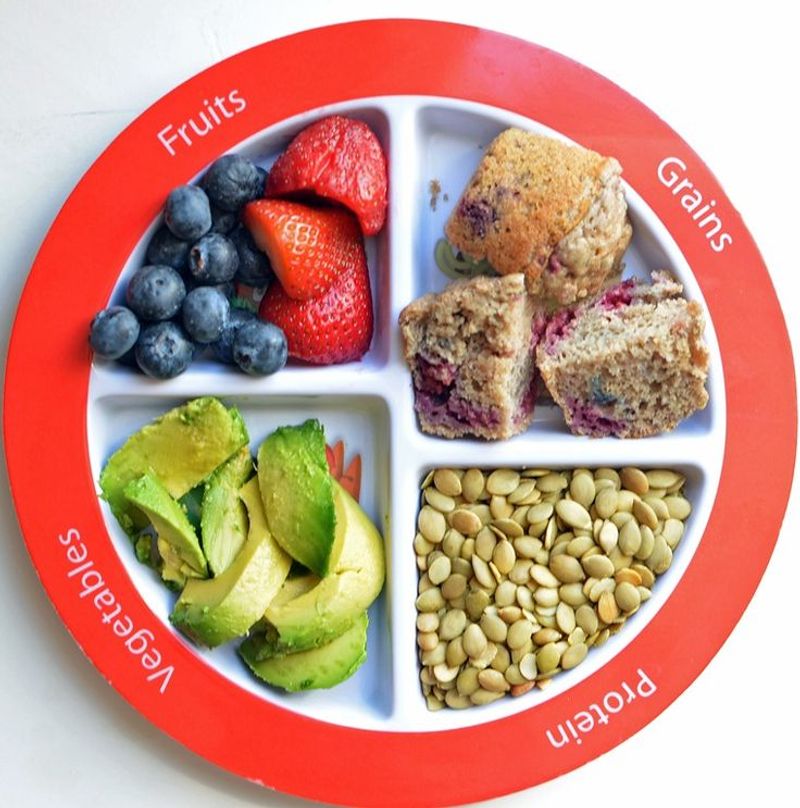
It’s easy to overestimate how much food people will eat, especially when you’re cooking for guests or hungry after a long day.
Suddenly, you’ve got an army’s worth of pasta for a dinner of two.
Sure, it might seem harmless—but repeatedly cooking more than needed leads to leftovers that may never get eaten. Or worse, scraping perfectly good food straight into the trash.
Let’s now move on to some brilliant hacks that you can use to optimize your cooking and waste less food than ever.
1. Meal Planning
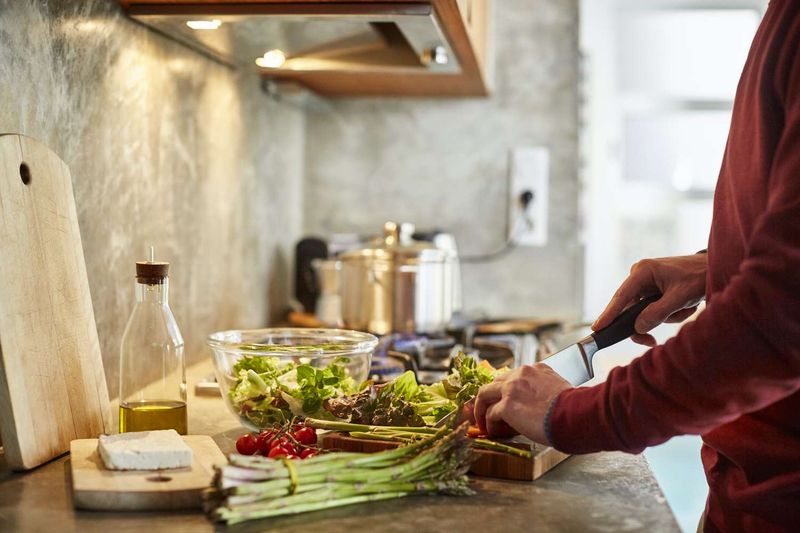
A simple list and a little prep can make all the difference.
Meal planning isn’t just for the hyper-organized—anyone can do it, and it saves serious waste.
By figuring out what you’ll eat throughout the week, you can shop more intentionally and use up ingredients efficiently. No more three half-used bags of shredded cheese or rotting bell peppers.
Planning doesn’t have to be rigid—leave room for spontaneity.
But having a rough idea keeps you from overbuying or forgetting what’s already in your kitchen.
2. Love Your Leftovers
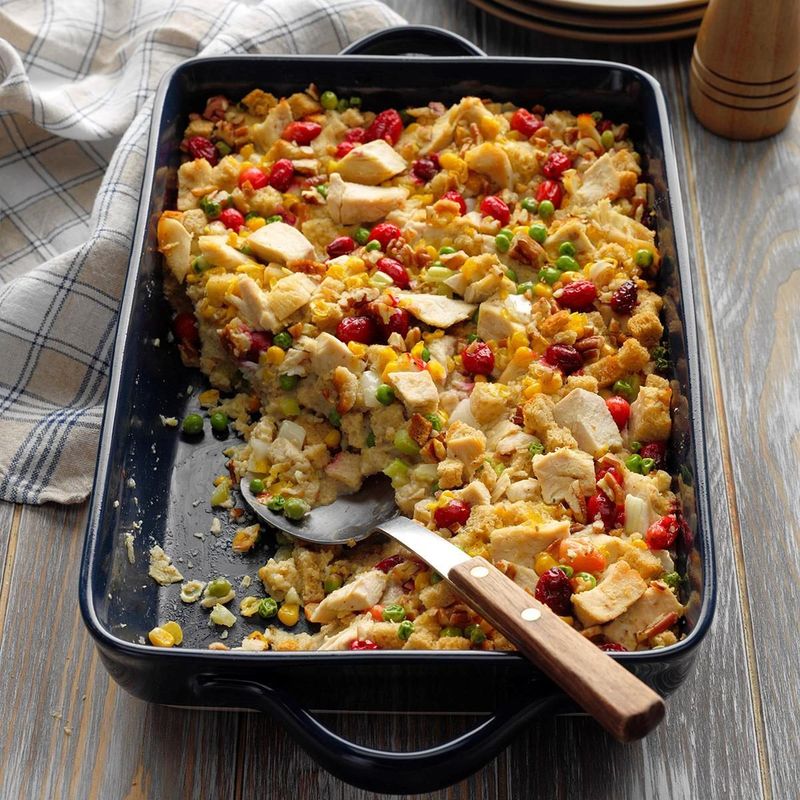
Last night’s dinner doesn’t have to feel like a rerun. With a few tweaks, leftovers can become entirely new dishes.
Turn roasted veggies into a frittata, grilled chicken into tacos, or rice into a stir-fry. Think of leftovers as ingredients, not just reheated meals.
Embracing them keeps your fridge cleaner, your grocery bills lower, and your creativity flowing. Plus, who doesn’t love a meal that’s already halfway made?
3. Store Smart
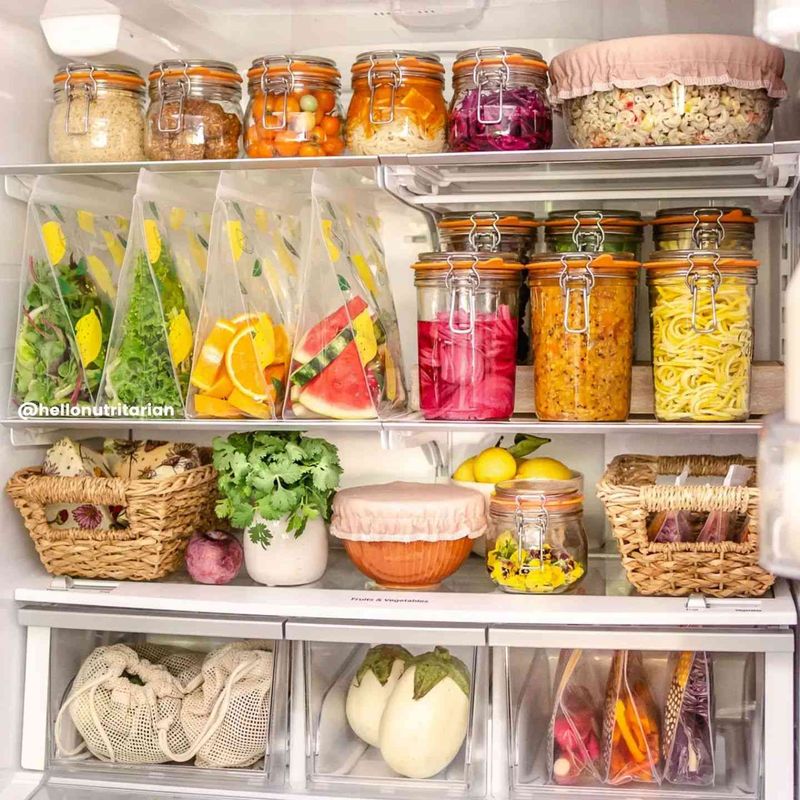
Knowing how to store your groceries is like giving them an extended lease on life. Fresh herbs in water, mushrooms in paper bags, tomatoes on the counter—these tricks really add up.
A bit of upfront care keeps produce from turning into mush before you get to it. And it means fewer sad fridge discoveries at the end of the week.
Don’t forget to rotate items so older stuff gets used first. It’s all about giving your ingredients a fighting chance.
4. Freeze Wisely
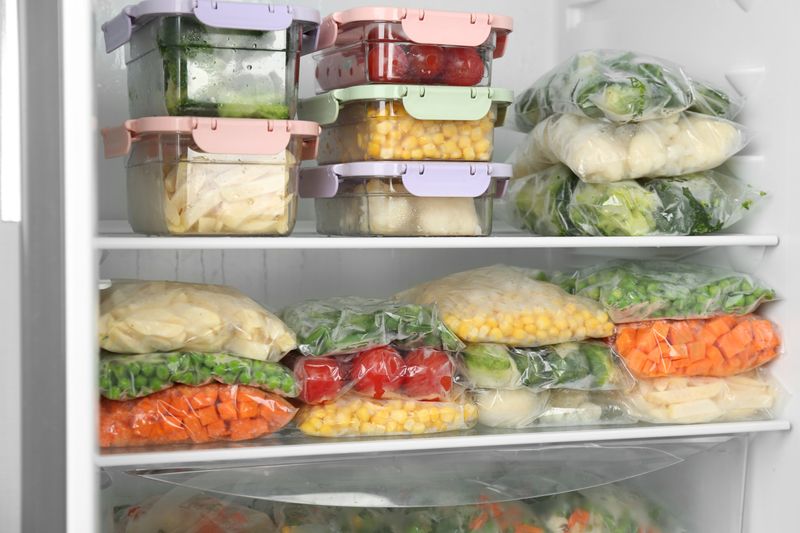
That bunch of bananas going brown? Freeze ‘em. Leftover tomato paste? Pop it into ice cube trays.
Your freezer is a magical tool that can stop time—if you know how to use it. Almost anything can be frozen, from herbs in oil to cooked grains and sauces.
Label things clearly, store them flat for easy stacking, and you’ll have a treasure trove of ready-to-go ingredients. Freezing prevents waste and gives you instant dinner options later on.
5. Get Creative with Scraps
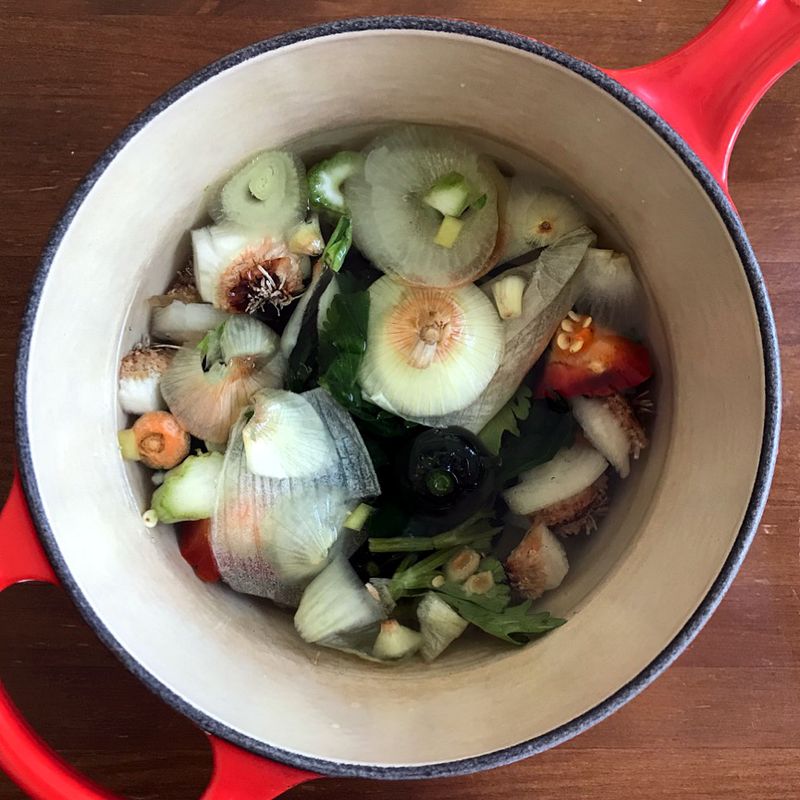
Before tossing those onion skins, broccoli stalks, or citrus peels, ask yourself: can I use this? Chances are, the answer is yes.
Scraps are secret flavor boosters—ideal for stocks, teas, slaws, and more. Even stale bread can become croutons or breadcrumbs with just a little heat.
Once you start seeing scraps as ingredients instead of garbage, your cooking becomes more resourceful and fun. It’s a mindset shift that adds up quickly.
6. Compost What You Can
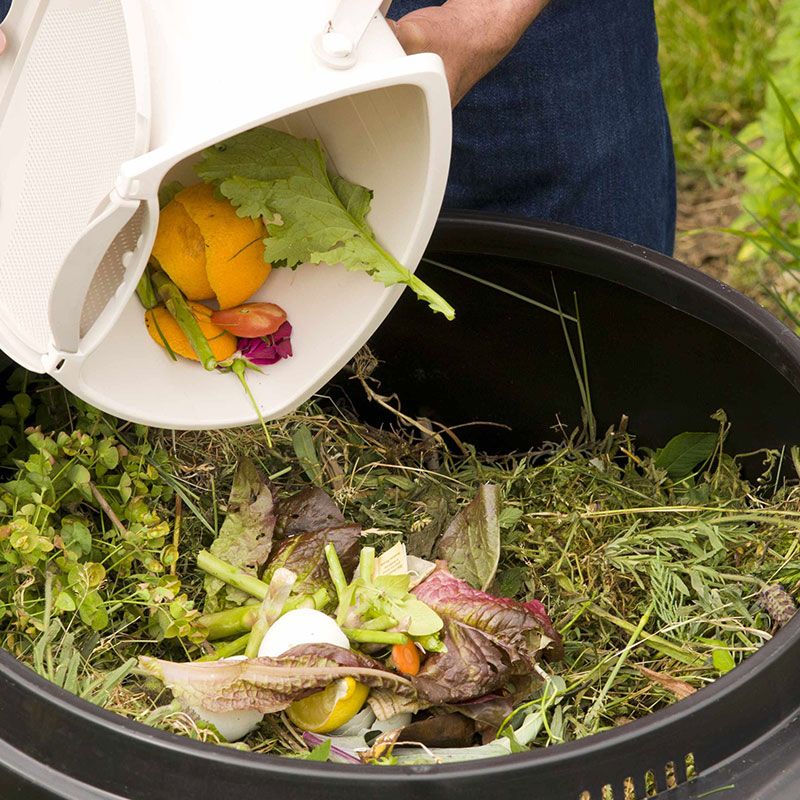
When food truly can’t be saved, composting gives it a second life. Instead of rotting in a landfill, your peels and scraps can turn into nutrient-rich soil.
You don’t need a backyard to start—there are indoor bins, countertop systems, and even local drop-off options. Every banana peel or coffee ground helps.
It’s a small, satisfying step toward a more sustainable kitchen. Plus, your houseplants will thank you.
7. Use FIFO (First In, First Out)
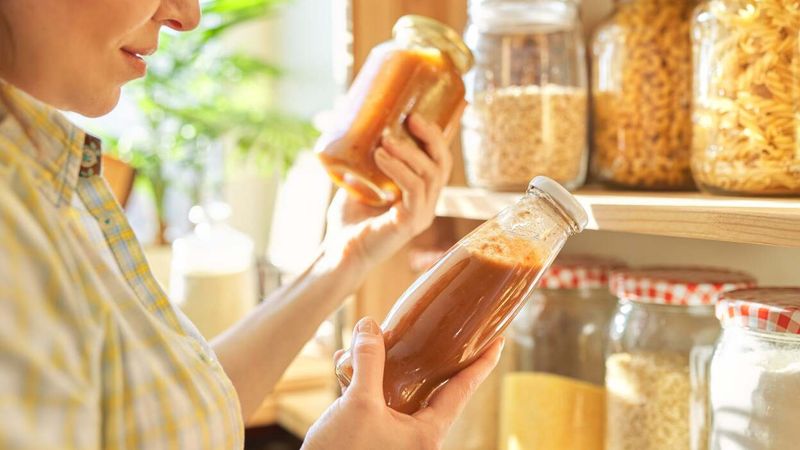
Organizing your fridge and pantry so the older items get used first sounds simple—but it works wonders.
The FIFO method (First In, First Out) is a professional kitchen trick that totally works at home. By placing newer groceries behind older ones, you naturally grab the stuff that’s been sitting longer.
No more forgotten jars at the back of the shelf. It takes just a minute to set up and can save loads of food (and cash) in the long run.
Think of it as fridge feng shui.
8. Understand Labels

Confused by expiration dates? You’re not alone. Most people toss food that’s still perfectly safe just because they misunderstand the labeling.
“Best by” usually refers to peak quality—not food safety. “Sell by” is for retailers. Only “use by” really matters for perishables—and even that has wiggle room.
Train your senses instead of relying solely on labels. If it looks good, smells fine, and tastes right, it’s probably okay.
Leave a comment